Within the Melanesian region of the Pacific, just south of the Equator, there is a cluster of alluring islands. Here, an incredibly diverse and charming population continues to nurture a culture that has changed little over the years. These are the Happy Isles… or Solomon Islands. Best known to outsiders for its fascinating WWII history, volcanic activity, and incredible diving, Solomon Islands deserves to be on everyone’s ‘bucket list’ for many more reasons.
I was fortunate enough to spend over 1 year living and working in the small town of Gizo in the Western Province. I prefer traveling to remote and off-the-beaten-path places, but I have never been anywhere quite like the Solomons. No matter which island you are on, of the 1000+ islands that make up the archipelago nation, you are guaranteed to feel worlds away from everything you’ve ever known. And it’s wonderful! While there is obvious tropical paradise-like beauty all around you (above and below the sea), the people are what makes the Solomons such a unique and unforgettable nation. With their sunny smiles and friendly ways, it’s hard to imagine that their recent descendants were fierce warriors and headhunters.
Today, Solomon Islanders get around in the same dug-out canoes and tell the same fishing God stories as their ancestors. And despite the diversity of the population (over 70 local languages are spoken!) Solomon Islanders all continue to have one thing in common: the ocean sustains them. Their culture and lifestyles have been shaped by the intimate relationship they have with their marine environment … which has existed for thousands of years. In many rural communities the moon is still used as a calendar, since associated changes in tide and fish activity/behaviour is what matters most. The day of the week means nothing.
Emerald-coloured lagoons; vibrant coral reefs teeming with life; children being children; the sound of laughter and angelic singing; markets full of fresh, cheap, organic deliciousness; island time and the absence of stress; a hammock in the shade of a coconut tree; a full moon lighting up the night in a way you probably can’t imagine. It’s impossible to paint a full picture of what it’s like to visit the Solomon Islands. You simply need to go and find out for yourself!
Photography: Fabien Astre.
Text: Sara Martin.
More info: fabienastre.com
Aerial landscape
When Spanish explorer Álvaro de Mendaña de Neira found the Solomon Islands, he believed he had found the source of King Solomon’s wealth because he found signs of gold. Today the Solomon Islands’ treasure is the nearly 1000 islands surrounded by beautiful reefs and lagoons.
Lush Ghizo Island
Gizo town, on Ghizo Island, is the capital of the Western Province. With a population of 6,154 (2005 estimates), it is the second largest town in the country. In recent history Ghizo Island was settled by Gilbertese from Kiribati and Solomon Islanders from many different islands. Its population is therefore very diverse which makes resource ownership a complicated matter.
Melanesian young girl
Traditional house
Most rural Solomon Islanders live in the traditional home, which is made entirely from bush materials. Sago palm is used for the thatch roof while bamboo, pandanus, and different types of wood (including mangrove species) are used for the rest of the house. The cooking area is separate from the rest of the house.
Happy kids
Ghizo Island’s only road
The road connects Gizo town in the south to Saeraghi community in the north, along the coast and passing by numerous smaller villages. The only hazard on this road is falling coconuts (no joke!).
Pikinini playing
Colorful market
The local market is full of tropical fruit, vegetables and fish – all fresh and all organic. The villagers from neighbouring islands arrive each morning by boat to occupy their little stands under the shade of tall trees and sell their harvests. Those coming from further away may spend the whole week at the market sleeping next to their produce. Friday is the best market day. For most families, money earned here is the only source of income.
Killing time
When living in Solomon there is plenty of time to kill.
Traditional dugout canoe
A dugout canoe, or simply dugout, is a boat made from a hollowed tree trunk. Solomon Islanders make paddling a dugout look incredibly easy… but it is not!
Washing day
Blondie
The dark skin – blonde hair combination has puzzled scientists for years. While Solomon Islanders might tell you the blonde colour comes from sun exposure or a diet rich in fish, the truth is the islanders have their own unique ‘blonde hair’ gene. It is a common sight.
Jumping platform
Teenagers keeping cool in the water and enjoying their homemade platform.
Shortland Islands sunset
The Shortland Islands are a group of islands belonging to the Western Province of the Solomon Islands, named by John Shortland. They are found in the extreme northwest of the country’s territory, close to the island of Bougainville which is a part of Papua New Guinea.
Kennedy Island
The Solomon Islands saw much action between Japanese and American forces during WWII. The heavy history is still alive today, as relics (on land and in the sea) offer reminders of battles fought. Ships, planes, tanks etc are abundant and continue to be discovered. Kennedy Island, named after Lieutenant John F. Kennedy, is where Kennedy and his crew were stranded after their ship, the PT109, was struck by a Japanese destroyer during the early hours of August 2, 1943.
Pristine beach
Nearby Olasana Island is like all the others: white sand beach, reef for snorkeling and no crowds! Kennedy Island is seen here in the distance.
Kolombangara Island
Kolombangara as seen from Nusatuva. In local language Kolombangara means ‘Water King’. With approximately 80 rivers and streams running down its flanks, Kolombangara never feels the same suffering nearby islands do during times of drought.
Kolombangara trek
Kolombangara Island is almost perfectly round in shape and about 15 km (9 miles) across, the island is a stratovolcano that reaches an altitude of 1,770 metres (5,807 ft) at Mount Veve. A gruelling and memorable 2-day trek will take you from seaside to summit.
Sunset at sea
395views
Share on Facebook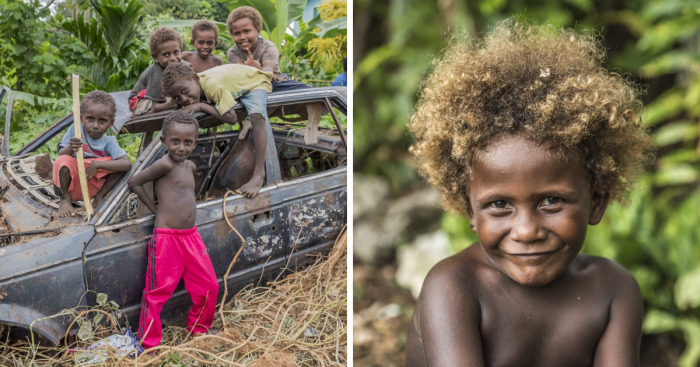
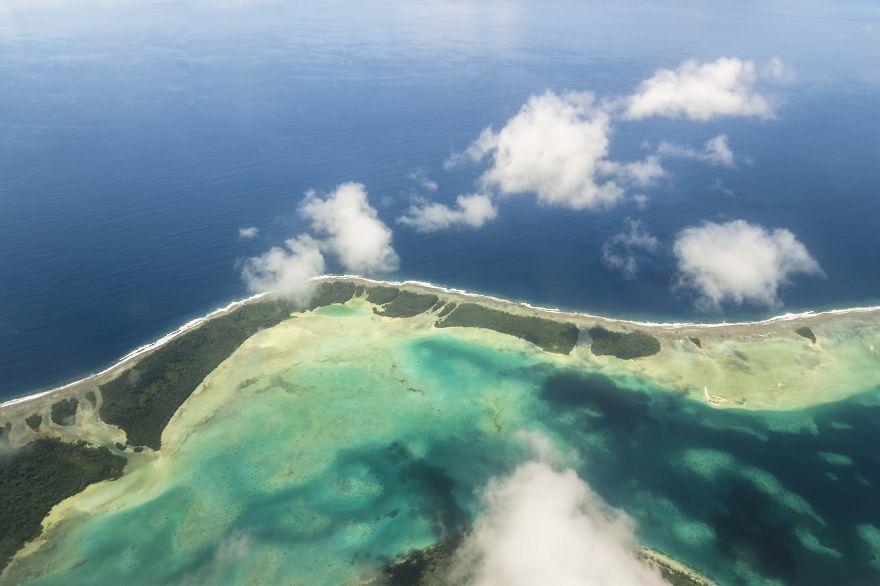

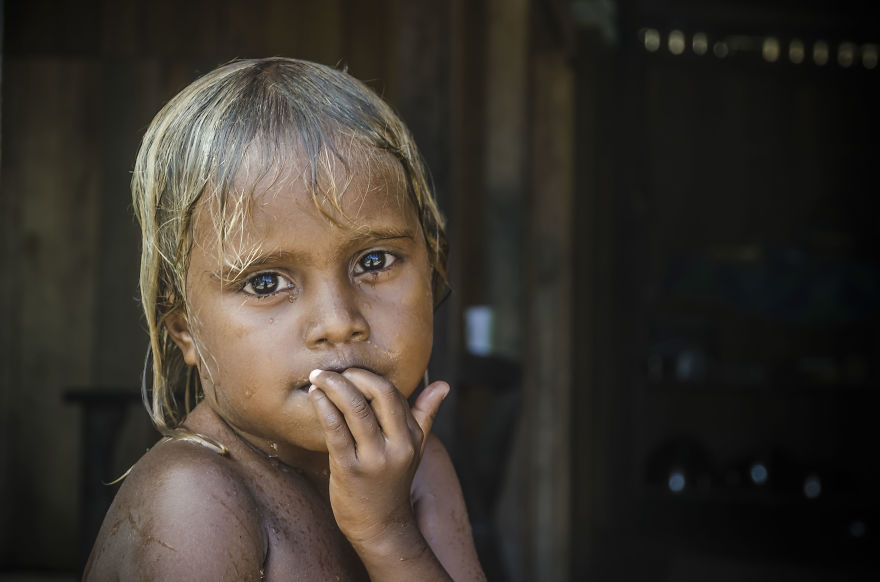
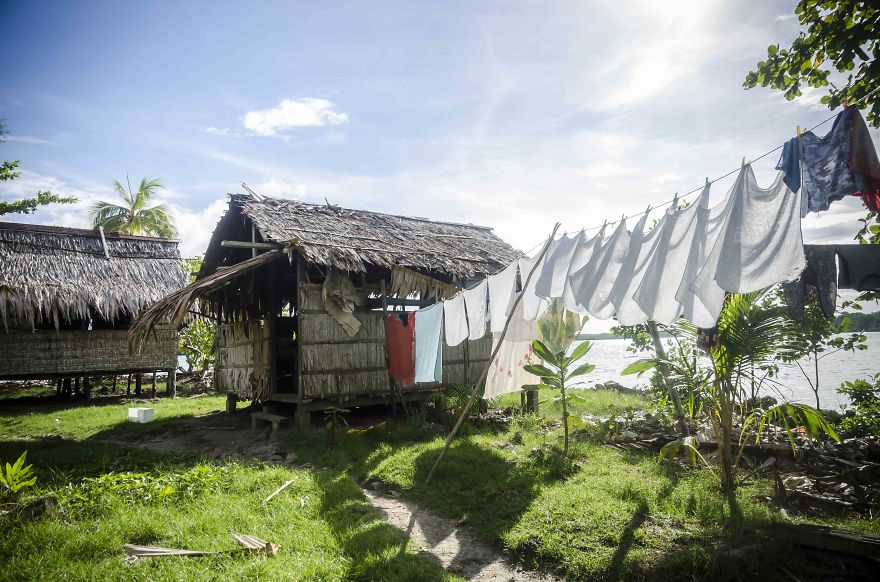
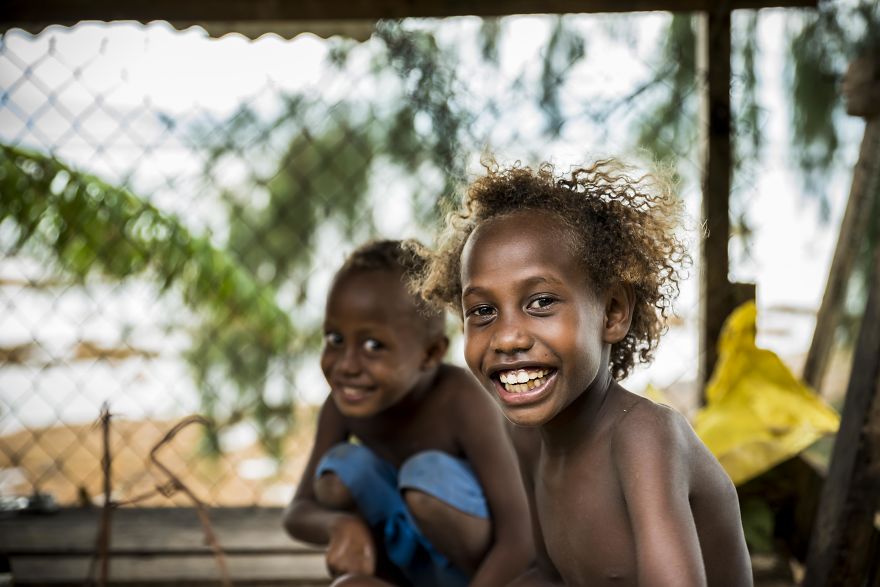
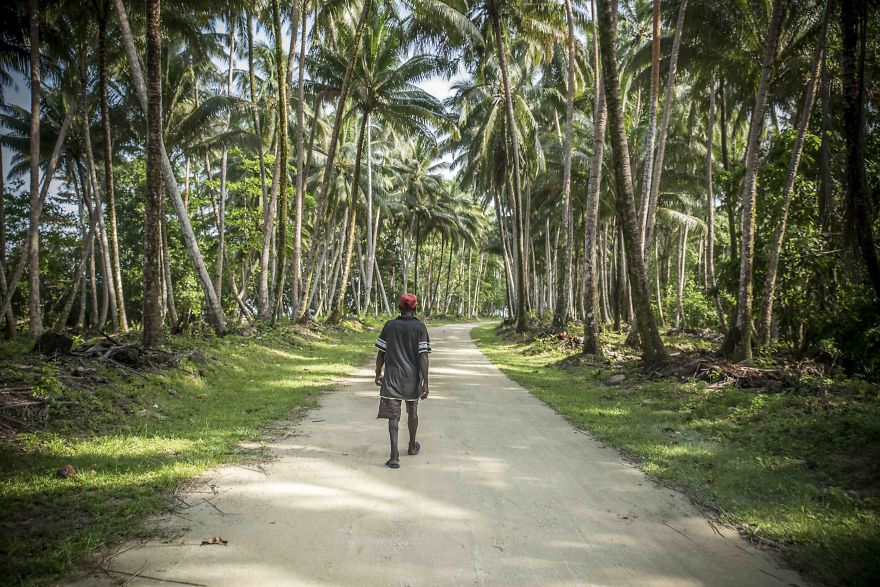
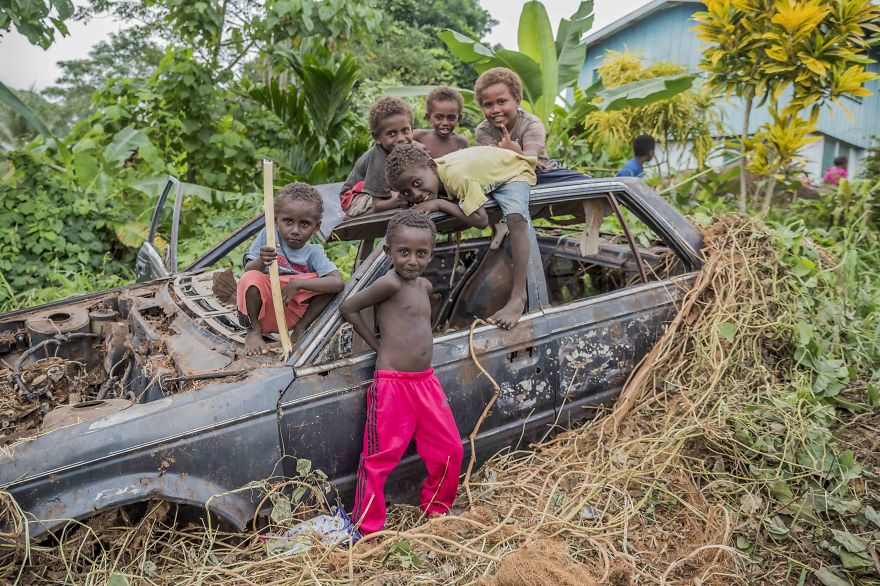
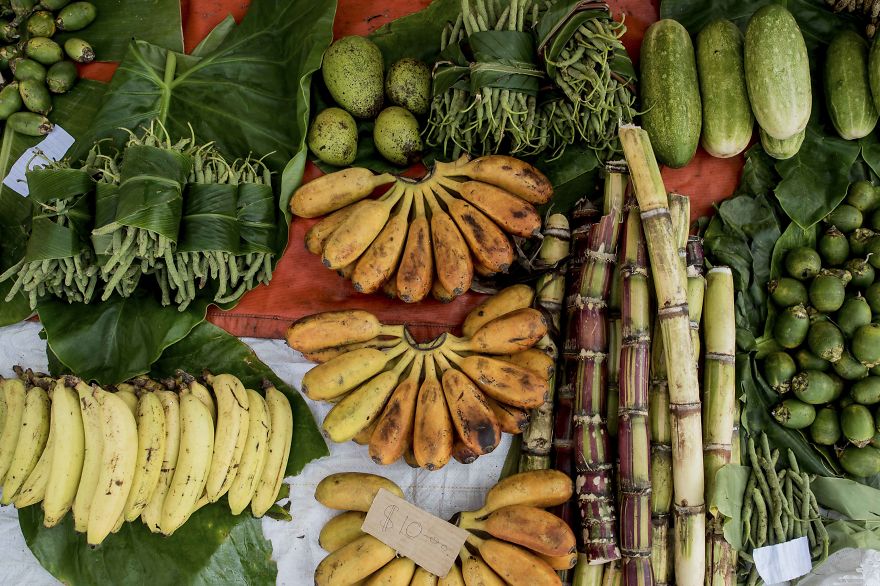
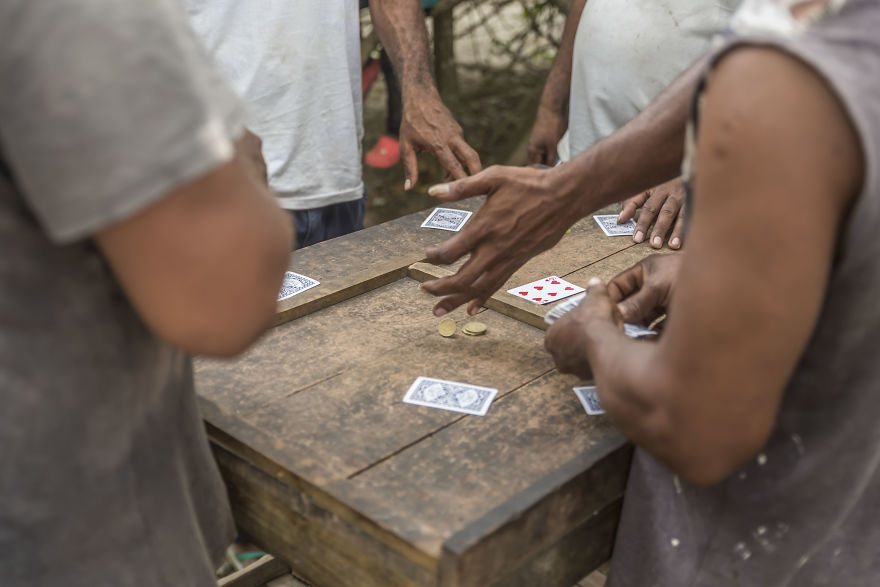
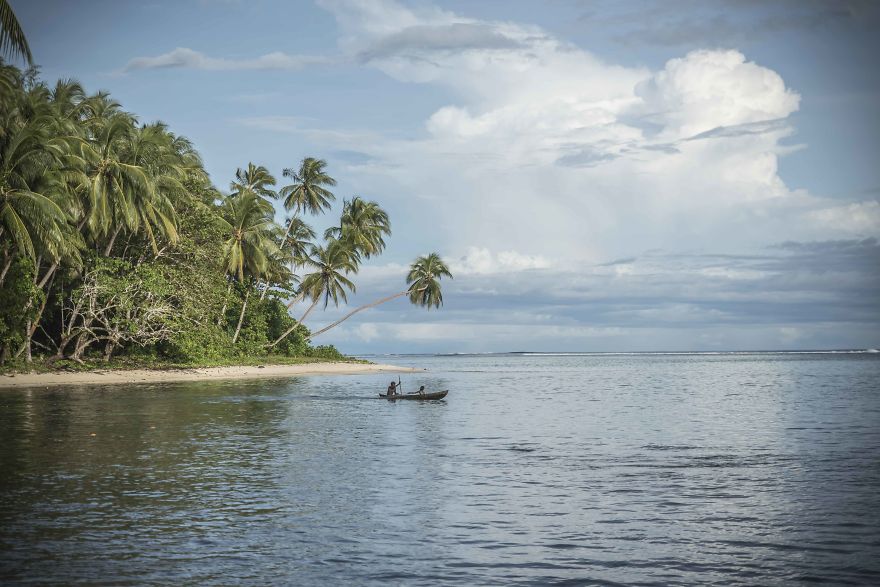
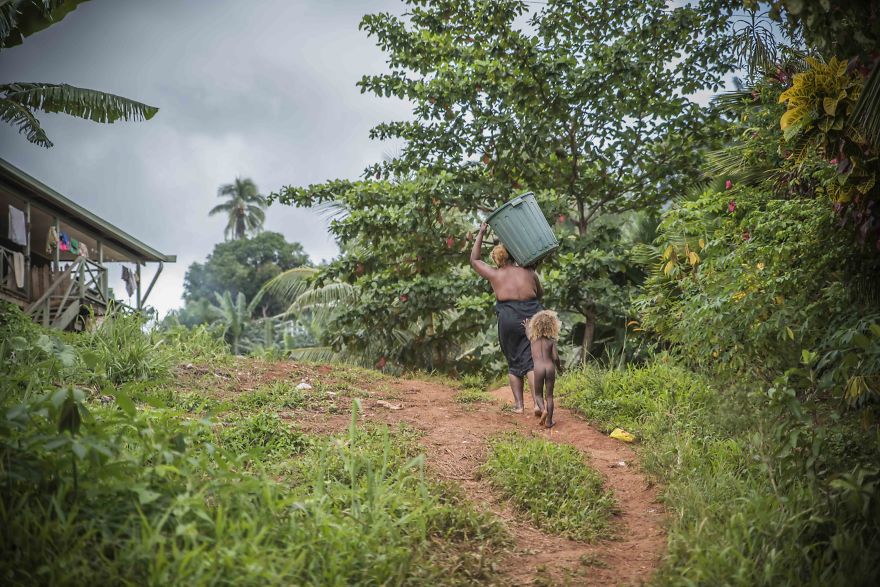
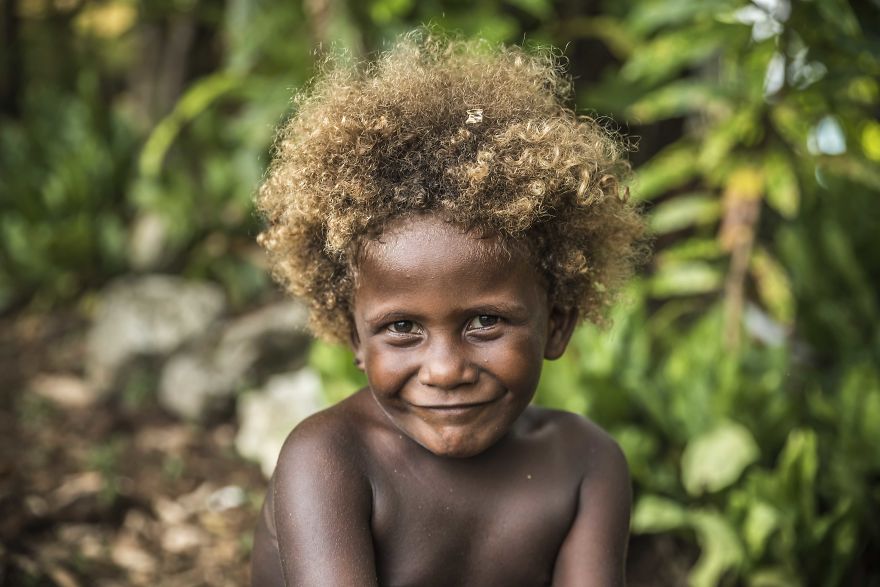
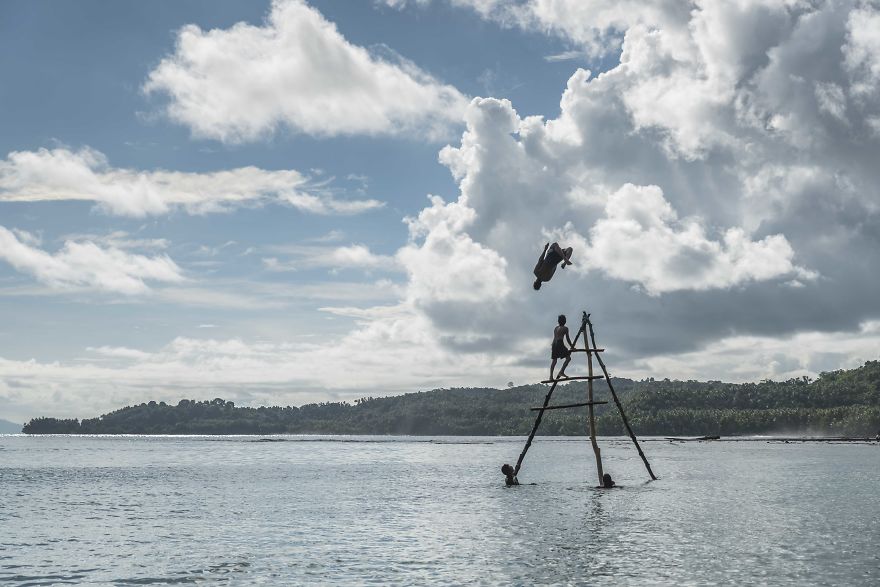
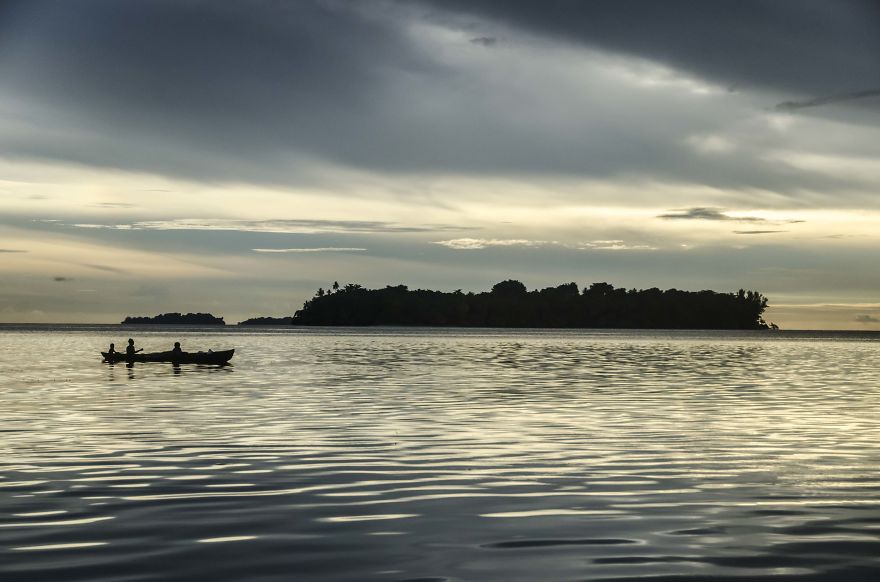
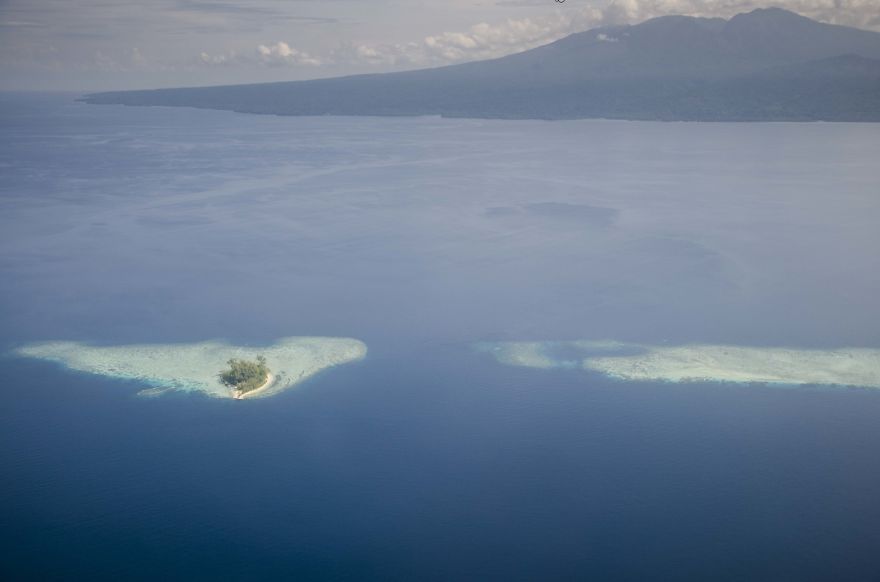
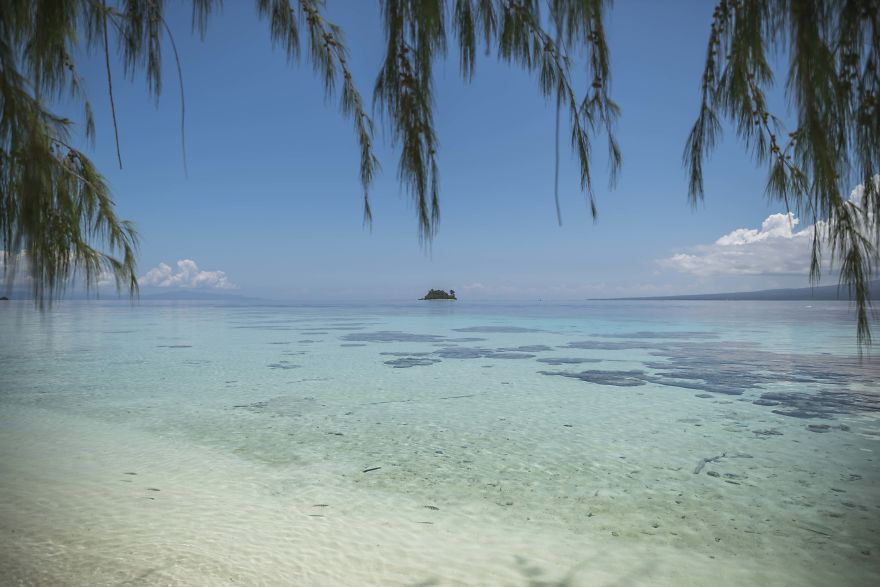
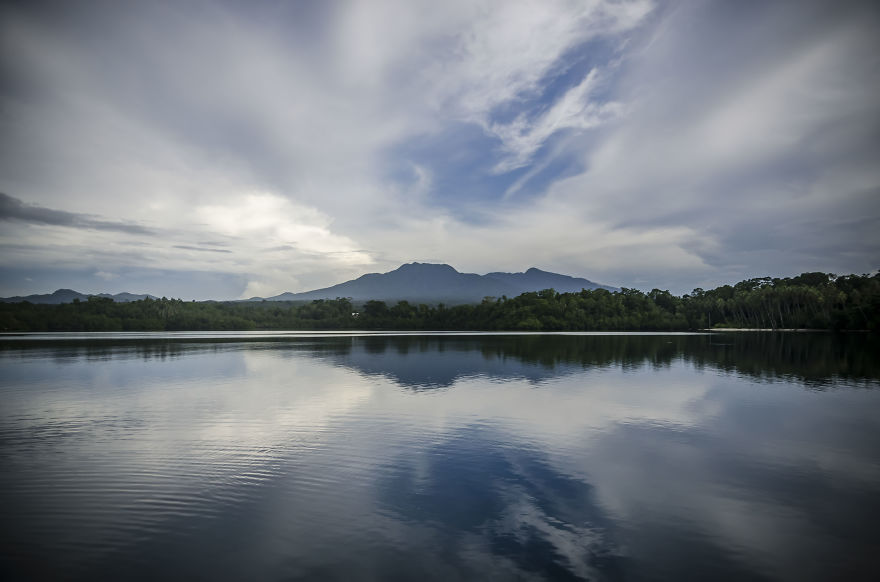
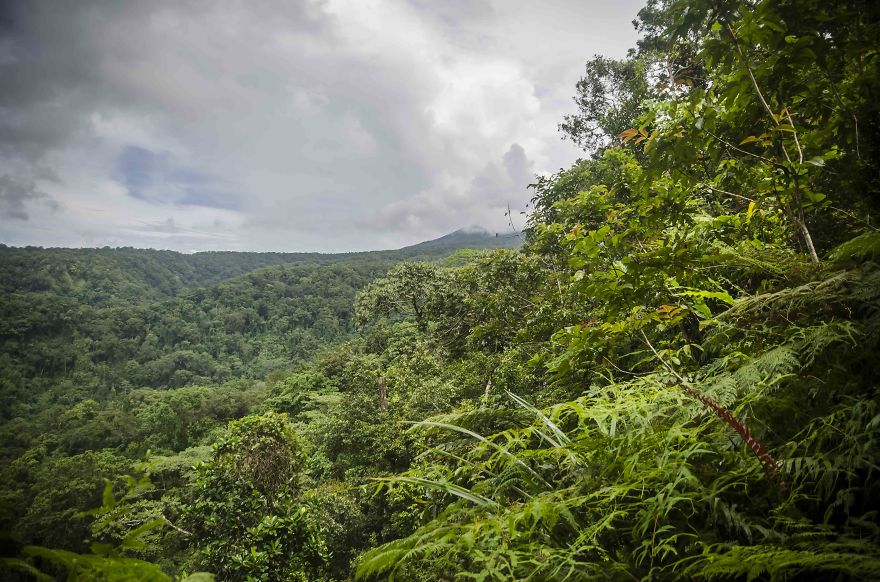
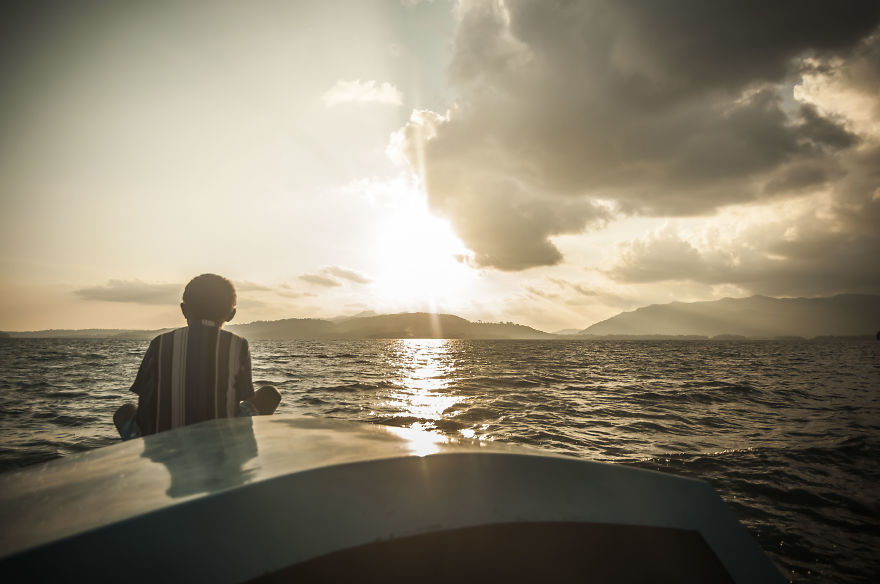
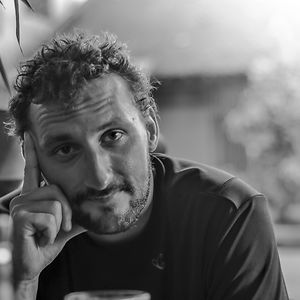


14
0